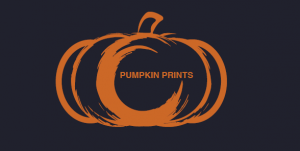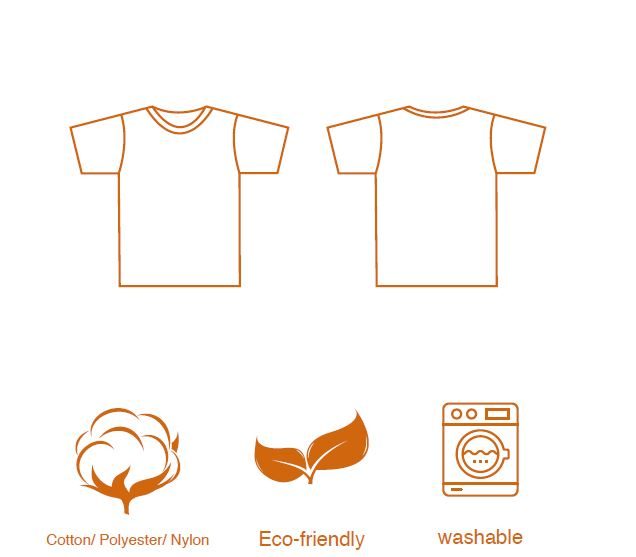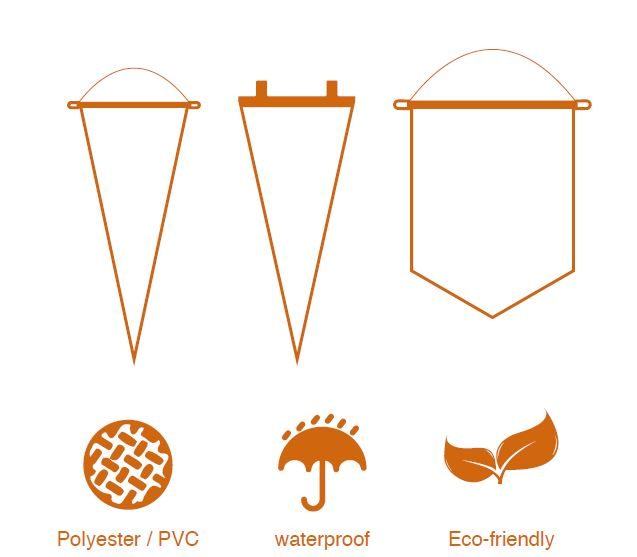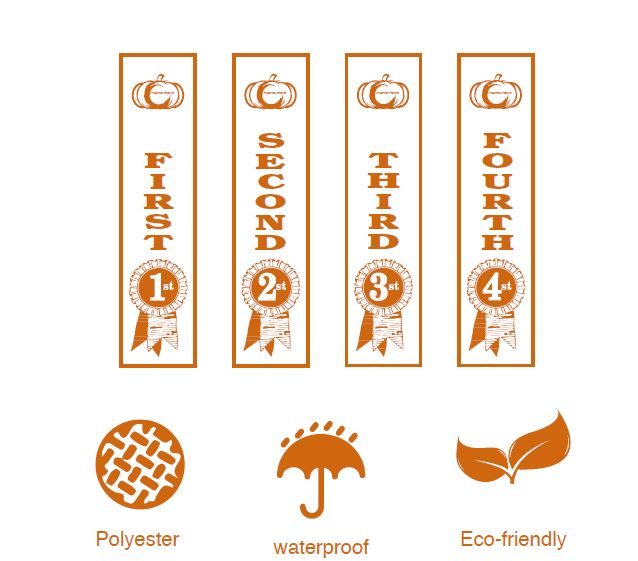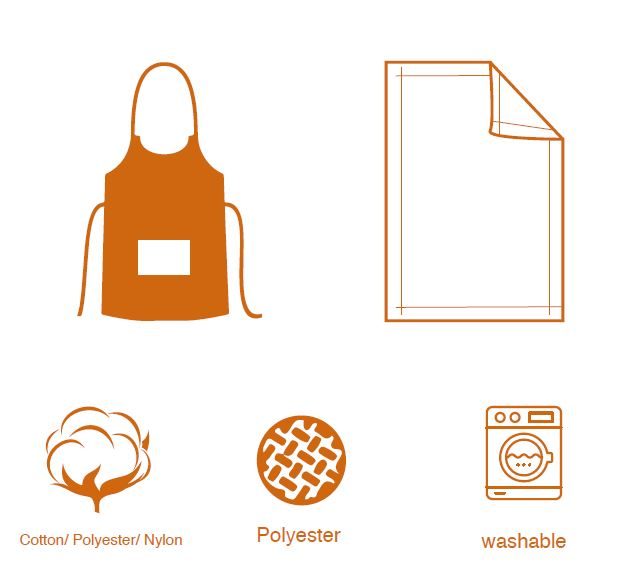Screen Printing
A little bit of history :
Screen-printing first appeared in a recognizable form in China during the Song Dynasty (960–1279 CE). Japan and other Asian countries adopted this method of printing and advanced the craft using it in conjunction with block printing and paints.
Screen-printing was introduced to Western Europe from Asia sometime in the late 1700s, but did not gain large acceptance or use in Europe until silk mesh was more available for trade from the east and a profitable outlet for the medium discovered.
Screen-printing was first patented in England by Samuel Simon in 1907. It was originally used as a popular method to print expensive wall paper, printed on linen, silk, and other fine fabrics. Originally a profitable industrial technology, screen printing was eventually adopted by artists as an expressive and conveniently repeatable medium for duplication well before the 1900s. It is currently popular both in fine arts and in commercial printing, where it is commonly used to print images on T-shirts, hats, CDs, DVDs, ceramics, glass, polyethylene, polypropylene, paper, metals, and wood.
And to the present day :
Our workshop uses manual and semi automatic machines and is equipped to print on most materials - clothing, plastics and fabrics.
We use various inks and techniques to obtain the best finish on various materials,
for clothing we use both plastisol and water-based inks, for plastics solvent and or for extra adhesion on some polyesters glass and metals two-part catalysed inks.
Plastisol
The most common plastisol based print used in garment decoration. Good color opacity onto dark garments and clear graphic detail but, as the name suggests, a more plasticized texture. This print can be made softer with special additives or heavier by adding extra layers of ink. Most plastisol inks require heat (approx. 150°C (300°F) for many inks) to cure the print, so ironing the finished print can only be done by placing a cloth over the print to prevent the design smudging.
Water-Based inks
These penetrate the fabric more than the plastisol inks and create a much softer feel. Ideal for printing darker inks onto lighter colored garments. Also useful for larger area prints where texture is important. The colours on the final printare not so intense as the plastisol.
Four color process
Artwork is created using dots (CMYK) which combine to create the full spectrum of colours needed for photo-graphic prints – this means a large number of colors can be printed using only 4 screens, making the set-up costs viable. The inks are required to blend and are more translucent, meaning a compromise with vibrancy of color. Solvent inks
Specially formulated for rapid drying on a wide variety of vinyl and vinyl coated substrates where a high gloss finish is required, this product is recommended for machine printing, although satisfactory results can be achieved by hand printing.
